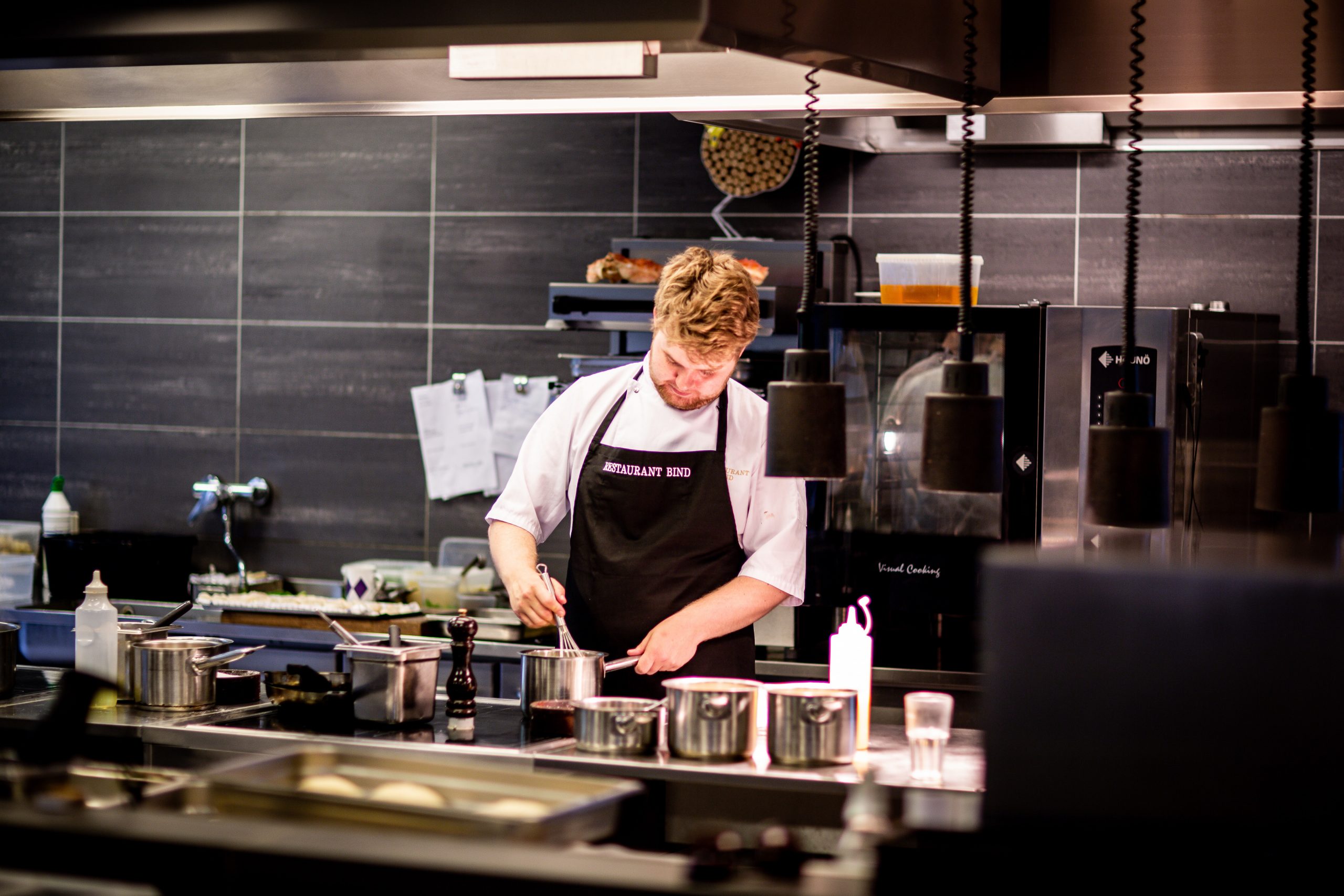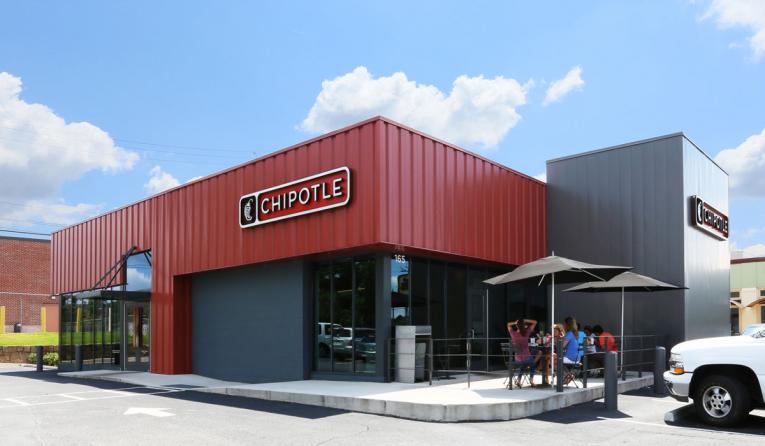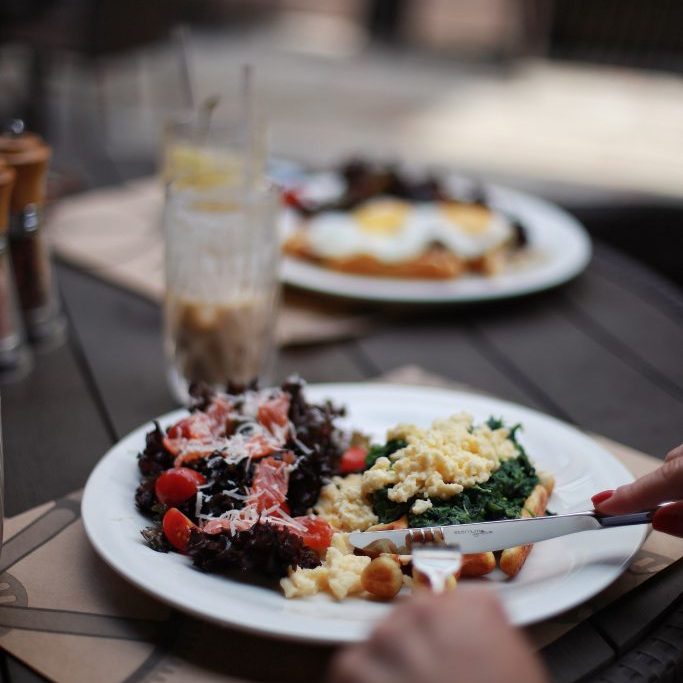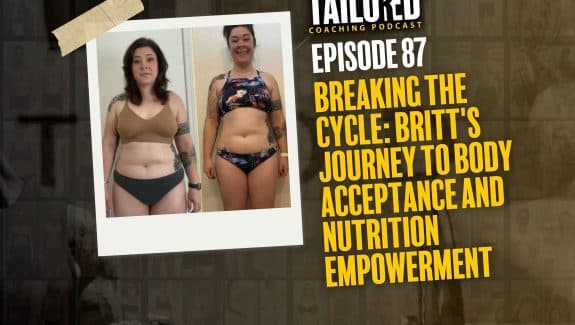How To Track Macros When Eating At Restaurants

In this article, I’m going to show you how to track your macros as accurately as humanly possible – while eating out at any restaurant you decide to go to.
On top of that, I’ll literally show you how I do it (video below) and give you my top recommendations of where to eat and how to order, while on a diet.
Are You Even Tracking Macros, Bro…?
Guy or gal, doesn’t matter – tracking macros is for everyone. I just had to throw in the bro, because… well, you know. “Do you even lift, bro…?”
Anyway, macros. Are you tracking them? Because that’s pretty much going to be step 0 – aka the prerequisite to being able to track macros while eating out at a restaurant.
I assume you are, since you’re here reading this right now. However, if you’re not yet tracking macros, go check out this article here to learn why it might be something you’ll want to start doing and read this free article here if you’d like to actually set up your own individualized macros.
I’m Tracking Consistently, Until…
We’ve all been in this position before during a diet… it’s all going smooth and great, until the weekend hits. Or maybe it’s the work event, a birthday party, or whatever else seems to get in the way. The point is that you’re on point until ____ gets in your way and tests your ability to actually stay on track with your macros.
Well, the truth is – this is why flexible dieting was created. It’s a way for us to understand how to plug and play, in a way, to fit things into our diet that may not normally be there. Maybe they’re not even typical “diet foods” (which is an arguable term, nowadays). But nonetheless, you can fit them in because every single piece of food does have a caloric value and macronutrient breakdown to it.
In fact, most things make it so easily accessible now that it’s damn near impossible to make any kind of excuse as to why you can’t follow a diet. Between food labels and calorie counting apps, we have everything we need at our disposal 24-7.
The hard part is when we don’t have access to those food labels and the exact meal we’re attempting to eat isn’t in myfitnesspal waiting to be tracked. A good example here would be when you’re at a family BBQ and Gramma-Helen whips up some of her Famous Casserole (that nobody outside the family actually knows about)… You can tell what it’s based with and what most of the ingredients are, but who knows how much sugar or oil or additives were thrown in there when making it!
Now, this will happen and there are plenty of times where we just have to accept that you’re not going to be able to track every single day perfectly. It is what it is and 1 day off won’t erase 100 days on, so you truly do not need to stress about it.
But this scenario and example brings me to our first main point of the blog…
Perfect Macros Don’t Exist – So Guesstimate!
Did you know that the macros you track are actually just a really good estimation of what you’re consuming? As in, even if you’re 100% perfect and hit your macro targets to the exact gram… you’re still not actually consuming that amount? Yeah, it’s true.
How is that possible? Well, pretty simple actually.
First and foremost, food labels have an acceptable error margin of 20%. This means that they’re legally allowed to be off by 20% and still considered compliant with sellable standards.
“The U.S. Food and Drug Administration’s Nutrition Labeling Guide notes that for calories, sugars, total fat, saturated fat, cholesterol and sodium, food manufacturers are considered in compliance if they are within 20% of the value shown on the label.”
Crazy, right? That means if you’re eating something that states its caloric value to be 250 calories, it could actually be anywhere between 200 to 300 calories in reality.
If you consume lots of processed or packaged foods, relying on food labels to base your total caloric intake from, then you could be stacking that error margin up over the day and be off by hundreds of calories without even realizing it.
So the typical answer a coach would provide at this time is to base your diet on whole foods that aren’t in packages, which makes sense when we consider this margin of error. However, that doesn’t make those foods totally accurate either if we consider the simple facts of nature.
Let’s take a chicken breast for example; a 4oz chicken breast (weighed raw) is going to be about 120 calories with about 24g of protein and 3g of fat. If you look this up, you’ll see anything from 100 to 180 calories, 1 to 4g of fat, and 20-30g of protein. What’s right? Well, I would go with what I stated first because that’s the median average amongst them all (and the most common).
But the truth is, NONE of them are perfectly accurate. Because every chicken lived a different life! And as odd as that may sound, it’s very true. Every chicken walked different amounts throughout their lifetime, they ate different nutrients and different amounts, they hydrated differently, muscle tissue and fat was different, etc… All of these factors will contribute to what nutrient value they give YOU as a consumer of them.
So at the end of the day, the take home point is simple… calories and macros are not and will never be perfect. However, they will always be the most accurate measurement we can access in regards to our caloric and macronutrient intake and because of this, we recommend using it as the best path to achieving body composition changes.
This is also why we recommend looking at flexible dieting NOT just as a way to fit in different types of foods or treats into your total daily caloric intake, but rather – also seeing it as a way to focus on ranges instead of absolutes. This means hitting 206g or 216g of carbs, when your prescribed total is 210g of carbs, is absolutely acceptable. In fact, that’s just as perfect as you hitting 210g based on what we know!
This all is crucial for you to understand, because it’s going to take pressure off being perfect and in regards to eating out at restaurants while tracking macros and following a diet – that’s key.
When In Doubt, Round Calories
Have you ever seen or met a great cook who didn’t seem to use quite a bit of butter or oil when cooking? Didn’t think so. And for that reason alone, it’s going to be in your best interest to just assume extra fat is going into your meal.
Even if you guess over and actually track a little extra fat, it’s likely going to balance out well due the simple fact that there will likely be other forms of excess calories sneaking in somewhere on your plate. So it’s better safe than sorry and assuming a little extra, is likely more accurate than trying to be perfectly accurate.
To get more applicable with this, since I know some of you may be wondering just how much extra to add in… Here’s how I’d suggest going about it:
| Roasted, Pan Fried, or Skillet Cooked | Add 1 Teaspoon of Olive Oil Per Item Cooked (This Equates To 5g Fat Added) |
| Baked Potatoes | Most In-App Measurements Will Say Small, Medium, or Large – Guess, Then Go 1 Size Up. If The App Shows Size By Inches, Guess and Then Add 1-2 Inches. |
| Rice, Pasta, and Other Grains | Round Up ¼ Cup (i.e. 1 Cup = 1.25 Cups) |
| Bread, Baguette, etc… | Find Type and Add By Slice (Close Enough) |
| Steak, Fish, Chicken, etc… | Guess By Ounce, Then Add 1-2oz |
Go Online and Look Up The Restaurant Menu, For Macros
This won’t remove the fact that you should round up, because even if you look up the menu and it says “8oz Filet Mignon”… That’s still a guess! They don’t purchase their meats based on the size of each filet, they purchase by the quality and source. Which means every steak will be slightly different.
However, this is going to make you even closer and sometimes allows you to NOT worry about rounding up for some of the meals. You should still be adding fats from oil or butter when ordering a type of toast, but most menus online will show you specifics for some foods.
Because of this, I always recommend looking up the restaurant menu online before going out to eat. It can take you 5 minutes to do and allow you to be 10x more prepared for what you’ll be ordering, which allows your macros to be more close to your prescribed targets AND helps you not sit around trying to decide on what to eat based on your diet (which is bad table manners, plain and simple).
Plan Your Daily Macros Ahead Of Time, When Eating At Restaurants
Once you know what you’ll be ordering, based on looking at the menu ahead of time, you can plan the rest of your day around that meal. This allows you to fit in what you actually want at the restaurant, without sacrificing your results or going over your calorie budget of the day.
One of the big problems people face when eating out at restaurants is that they wait until they get there or are about to go there, to figure out what to eat. This leads to them either a.) not eating much at all, b.) being a difficult customer to the waiter or waitress when ordering, or c.) going over their calories because they said f*ck it at the last moment and gave in to the burger and fries, despite not planning for it.
So instead of falling victim to any of those routes, all of which have downsides to them later on — if you struggle to order and the situation is awkward, you’ll resent the diet and not adhere to it long term, and if you say f*ck it too often, you just simply won’t get results… you can CHOOSE to plan ahead and NOT fall into those paths, leading you to both enjoyment and success.
You can easily do this, too, by adding in your meal from the restaurant before adding in anything else from that day. So maybe you do this the day prior OR if you’re doing dinner, you can do it the morning of.
Either way, the meal gets added first. Then you plan your other meals and snacks around that meal, because it’s much easier to adjust your own home prepped meals and snacks than it is to adjust a menu item from a restaurant.
An example of how I might do this would look as such:
- Steakhouse Dinner (always my go-to; easy to track and I’m a meat eater): I pre-track a 8oz filet mignon, large baked potato w/ 1 tbsp of butter (which I request on the side), and 1-2 cups of roasted brussels (1-2 tsp olive oil and balsamic vinegar added in).
- I will then tweak my typical egg breakfast to be egg whites instead of whole eggs, knowing that I will be having extra fats at the meal out later on. I will also push this meal out; so instead of eating at 7am, I might eat it at 9am.
- My lunch might be shifted to a double scoop protein shake with a side of fruit, instead of a full meal. This allows me to get my micronutrients in and adequate protein, filling me up.
DONE. Very simple. I tweak my earlier meals to leave room for calories and macros, fat especially, and am able to enjoy my steak dinner with a couple glasses of wine without regressing on my fat loss results.
The Best Restaurants To Track Macros At

Now, before I show you how I go about ordering out in the YouTube video below… I want to give you my top 10 places to eat out at. These are based solely on how easy it is to track macros while eating off their menus.
- Chipotle or Qdoba
- Teriyaki Restaurants
- Any Nice Steakhouse
- Sushi Restaurants
- Red Robin or Applebee’s
- Chick-Fil-A
- Subway
- Panera Bread
- Denny’s or iHop
- Organic Salad Spots (Evergreens, Sweetgreen, Homegrown, etc.)
These restaurants all have a few things in common… First, they use single ingredients to make their meals – which makes it easy to deconstruct and track in your app. Second, they are either literally customizable (because that’s how you order) or they’re simply easy to customize when ordering and the waiters/waitresses are easy going when you do so. Third, the substitutions you can make at these restaurants makes it easier when tracking your macros (sauce on the side, breasts instead of legs, healthy options available, etc.).
How To Order From Restaurants, When Tracking Macros
The big takeaways in this video are similar to what has been explained above throughout this entire article. But to make it easy for you to leave with the takeaways and apply them immediately into your diet, I’ll list them below:
- Ask what cuts of meat it is when ordering chicken, because the calorie value difference between chicken breasts and chicken thighs are actually quite high and can make a big impact on your total calorie intake by the end of the day.
- When ordering anything that has butter to add, sauce to dip, or dressing to spread, ask for it on the side. This will limit how much they actually give you and then YOU can intentionally choose how much to use and track.
- Round up! As seen in the video, I’m fairly good at guessing and had a scale with me to prove it. But YOU will hopefully never be bringing a food scale to a restaurant. Instead, use your macro tracking experience to make great estimated guesses and then round up just slightly to see how close to the actual amount you can get.
- Order menu items that are easy to track. I could have ordered a big chow mein dosh, but it would have had a mixture of many different ingredients inside the bowl – making it difficult to track. Chicken, rice, and sauce – tracking is SIMPLE with that.
- Limit how often you eat out. Flexible dieting absolutely allows you to eat out and still make progress, but we’d be lying if we said it was a good idea to do it constantly. So when you’re seriously trying to diet and see great results, limit how often you eat out and you’ll save yourself time dieting (aka get to your goal faster).






















































































































































































































































































































































































































































































